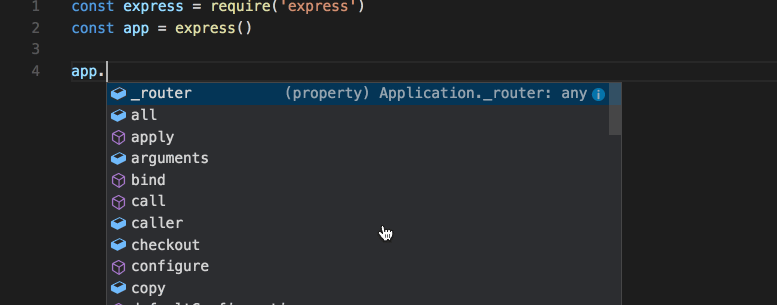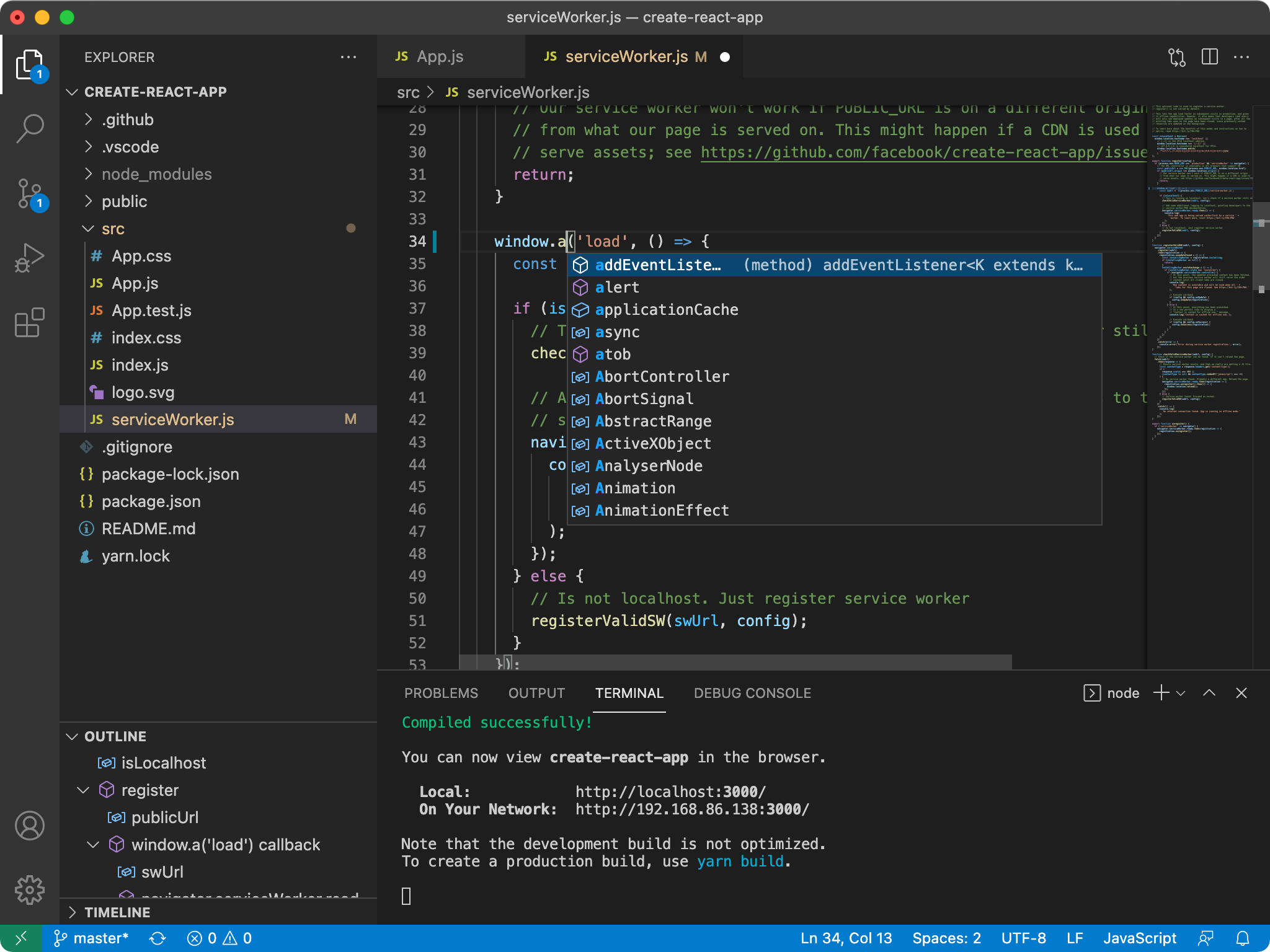
The second command installs and registers Gradle.Ĭheck if Gradle is working correctly by executing the following command: gradle -version This way you will have all the up-to-date tools available. The first command will update all the package definitions of the Homebrew repositories. If you choose to use Homebrew (and I sincerely encourage you to do so), just fire up a terminal window (or use the one that you have opened for installing Homebrew) and run the two commands: brew update brew install gradle

Install Gradle via the fabulous package manager for Mac called Homebrew:.Follow the official guide for installation at.To install Gradle you have at least two options: Gradle will take care of downloading, installing and running the Kotlin/Native compiler! Nice, isn’t it?ĭo you want to know more? Check out the official Gradle site here: In fact, having Gradle in place, you don’t even need to follow my last tutorial (except for the short VSC part).

Code is available over at githubīecause you are reading this How-To, I assume you know what Gradle is? In case you don’t, let’s stay very brief about it: Gradle is a tool that manages all the dependencies your project relies on, it configures all tools for the build process, it builds your project and: it has to be installed! Moreover, with Gradle, it becomes also feasible to handle the development of even large applications. With Gradle, all the previous steps can be automated in just a couple of easy steps.
Visual studio for mac code completion how to#
In my last How-To – Build and run a Kotlin/Native application with Visual Studio Code on macOS I showed you how to setup, build, and run your first Kotlin/Native application using the barebone Kotlin/Native compiler inside Visual Studio Code (VSC).


 0 kommentar(er)
0 kommentar(er)
